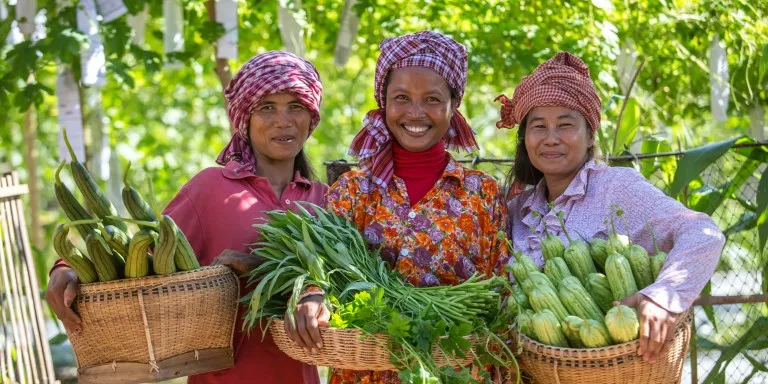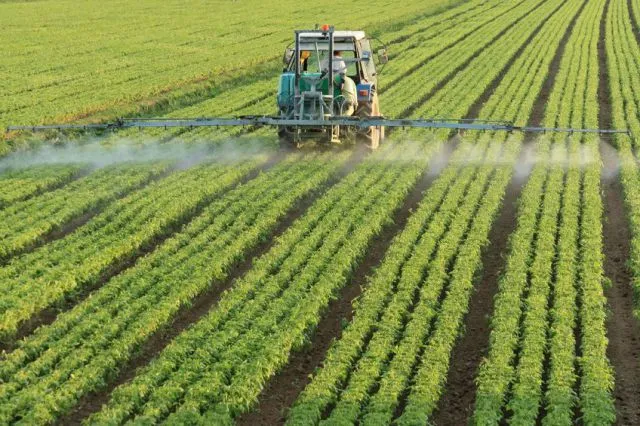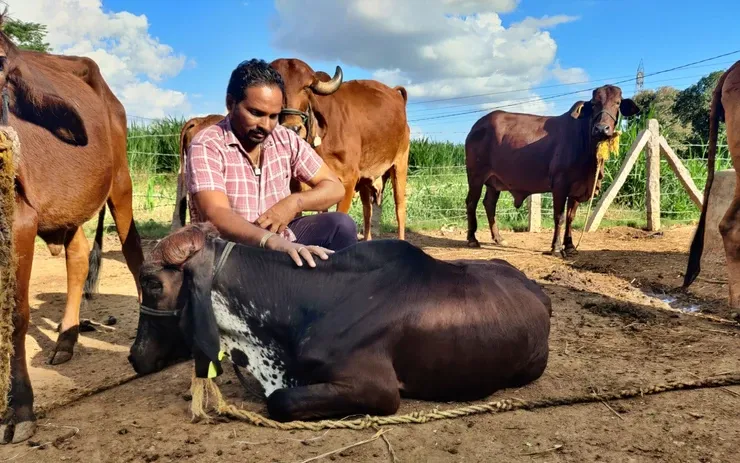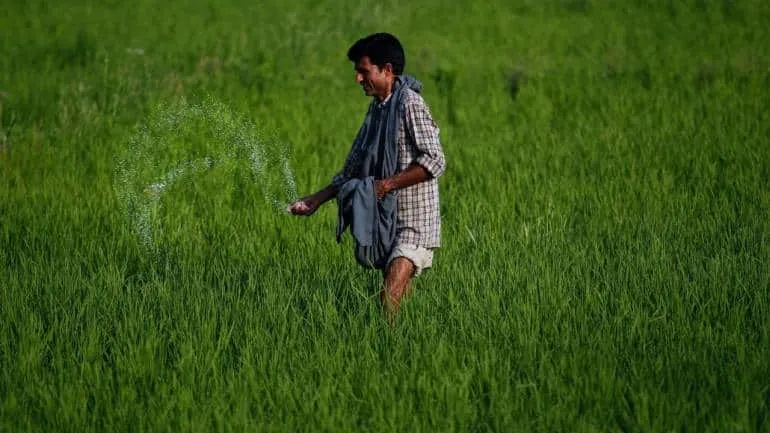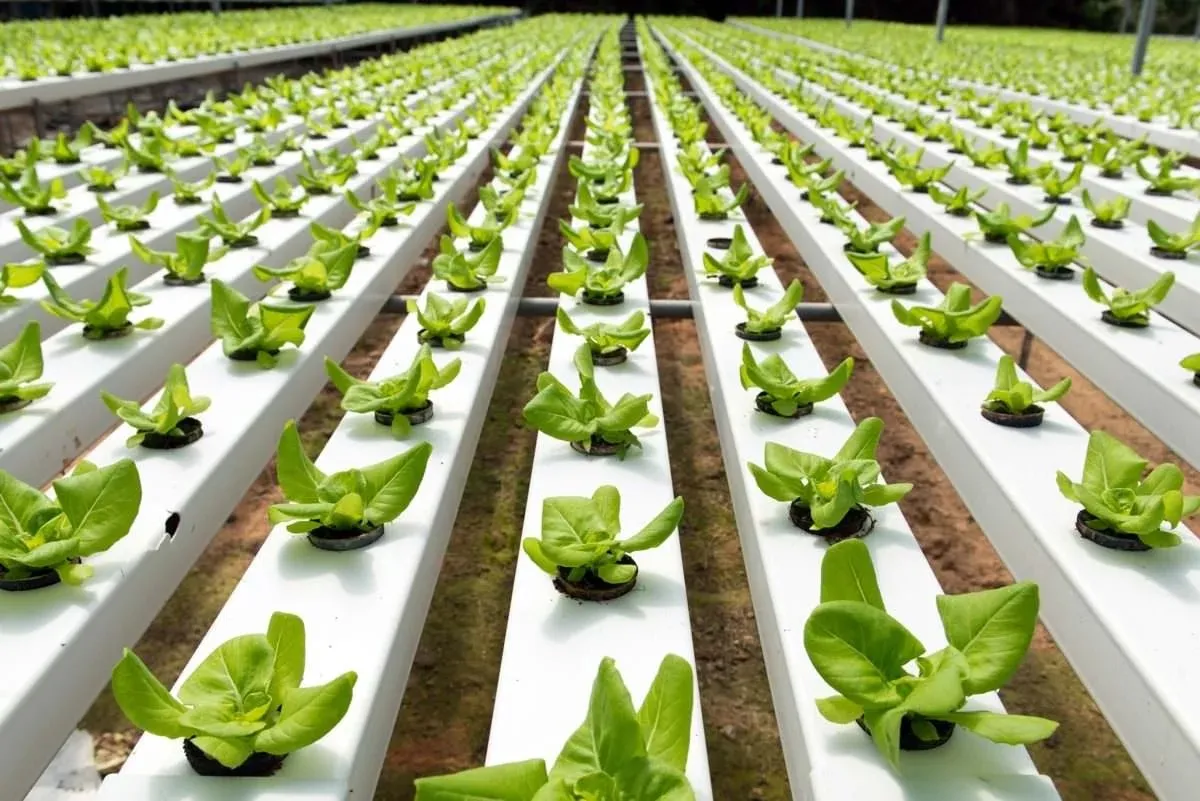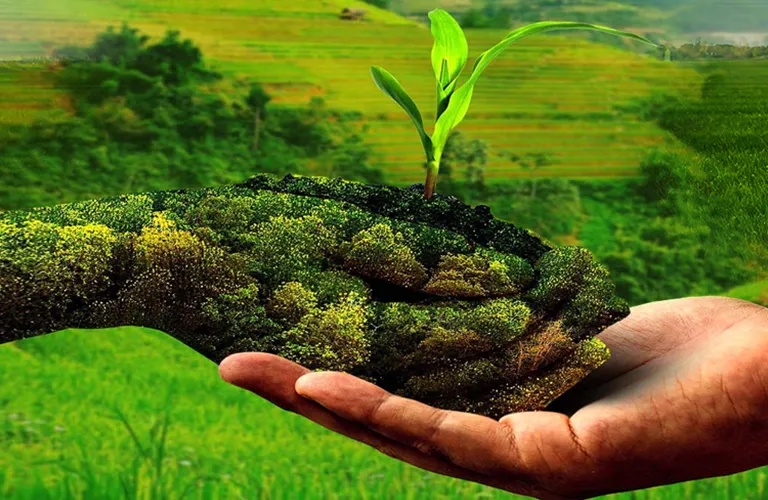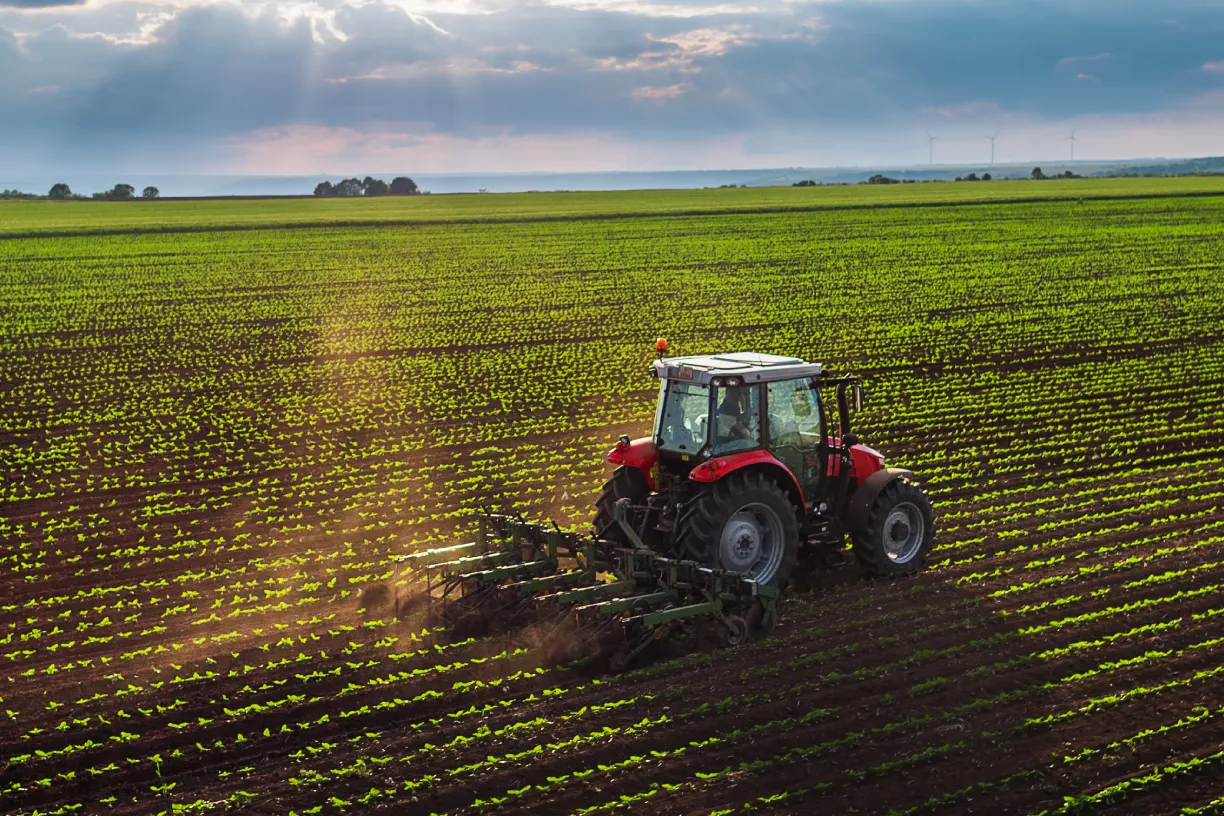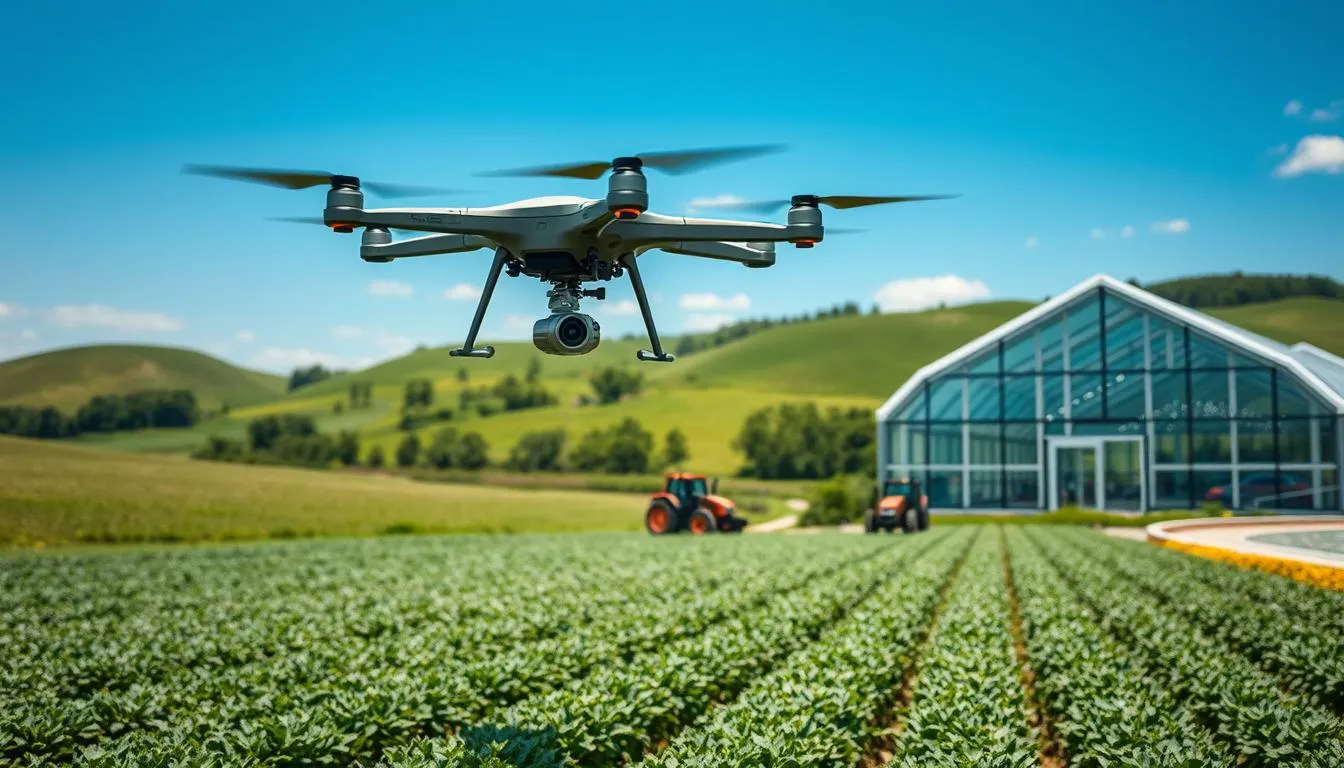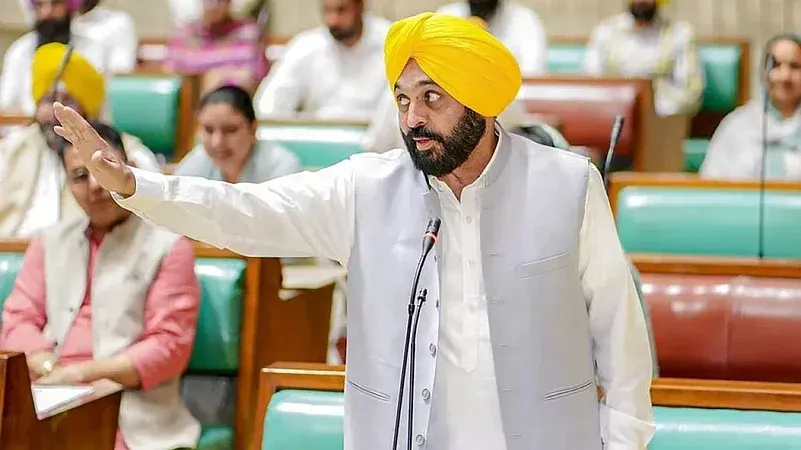But now, a big change is happening. It's a quiet revolution. Technology drives it. Farmers in Maharashtra are now part of something bigger. A smarter market. It's called the National Agriculture Market. Or e-NAM. This online platform is truly changing lives. It gives farmers power. Most importantly, it helps them earn more.
What's e-NAM All About?
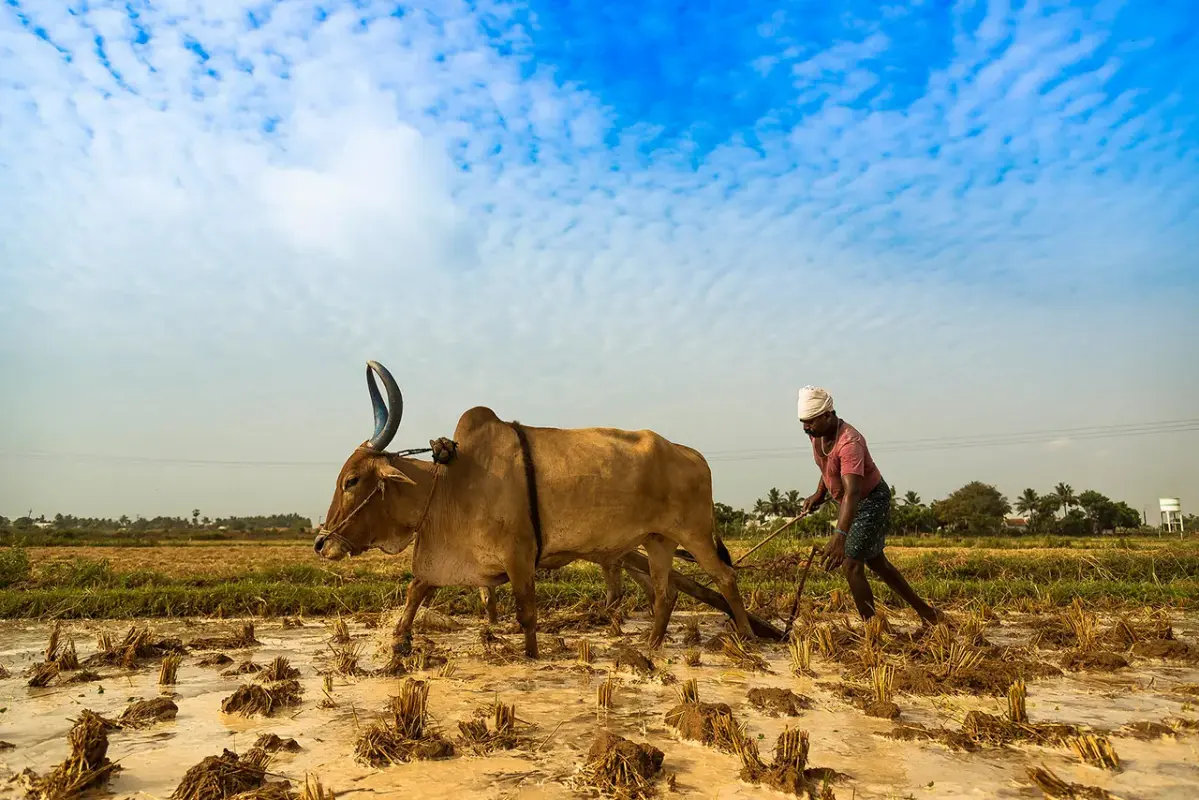
Think of e-NAM as a giant online shop. But for farm produce. It links mandis from all over India. Farmers can sell their goods online now. They aren't just selling to local buyers. Oh no. They sell to buyers across their state. Even across the whole country.
Maharashtra has truly embraced this digital shift. As of late 2024, 133 mandis in Maharashtra are linked to e-NAM. That's a huge step. It makes farming more open. More honest. It makes it more competitive too.
Before e-NAM, a farmer brought his onions. To his local market. He only got bids from a few local traders. These traders might even secretly agree on low prices. The farmer had no choice. He had to sell. But now, with e-NAM, his onions are visible. To so many more buyers. Buyers from different cities. Even different states. They all bid online. This competition means much better prices for the farmer. He gets a fair price.
Getting the Best Price: Real-time Alerts
One of the truly best parts of e-NAM is the information. Farmers now get real-time market price alerts. Imagine a farmer with a smartphone. He can check the very latest prices. For his cotton. Not just in his own mandi. But in other mandis too. All on the e-NAM mobile app. This app even works in many Indian languages. Including Marathi. So everyone can understand.
This information is powerful. Really powerful. If jowar prices are low in his local market, he can see. Are they better elsewhere? He can decide where to sell. He can even wait. Hold his produce. Wait for prices to go up. This knowledge helps him get a fair price. He makes smart decisions. Believe it or not, this was almost impossible before. Farmers often flew blind. Not anymore.
Looking Ahead: Demand Forecasting
The digital platform also helps with "demand forecasting." Sounds complex, right? But it's simple. The e-NAM system collects a giant amount of data. It tracks what's being sold. Where it's sold. What prices it gets. Over time, this data helps predict things. What crops will be popular? Where will they be needed?
The main e-NAM platform doesn't have a big "demand forecasting" button for farmers. Not directly. But its massive data and network do the job. Farmers see real-time prices. They see trade volumes. From many markets. They get a clearer picture of what people want. They can better decide what to plant next season. If a certain vegetable gets good prices in Mumbai, farmers in rural Maharashtra can see this. They might then grow that vegetable. Farmers grow crops buyers actually want. That means less unsold produce. It means more money in their pocket.
The government also added something new. It's called "Platform of Platforms" (POP). It works with e-NAM. Think of it like adding different apps to a main app. These new services can include special tools. Tools that help predict demand. Tools that manage transport. Tools that help with money. All these pieces work together. They create a much smarter farming system. It's a big step forward.
Cutting Out the Middlemen: Direct Sales
The old market system had many layers. Farmers sold to a local agent. The agent sold it to a wholesaler. The wholesaler sold it to a shopkeeper. Each person in this chain took money. Took a cut. By the time the produce reached your home, the price was way higher. The farmer got a tiny piece.
E-NAM changes all this. It lets farmers sell directly to buyers. No agents in between. These buyers could be big companies. Food factories. Or even large shops. Or exporters. They bid for produce right on the platform. This cuts out many middlemen.
When there are fewer middlemen, the farmer gets a bigger share. Of the final price. Buyers win too. They get produce straight from the farm. This can lower their costs. The whole process becomes super efficient. Studies show e-NAM has helped stop secret deals among traders. It's also cut down on unfair money taken by agents. This means more money lands in the farmer's bank account. And farmers trust the system more. That's huge.
A Farmer's Day on e-NAM
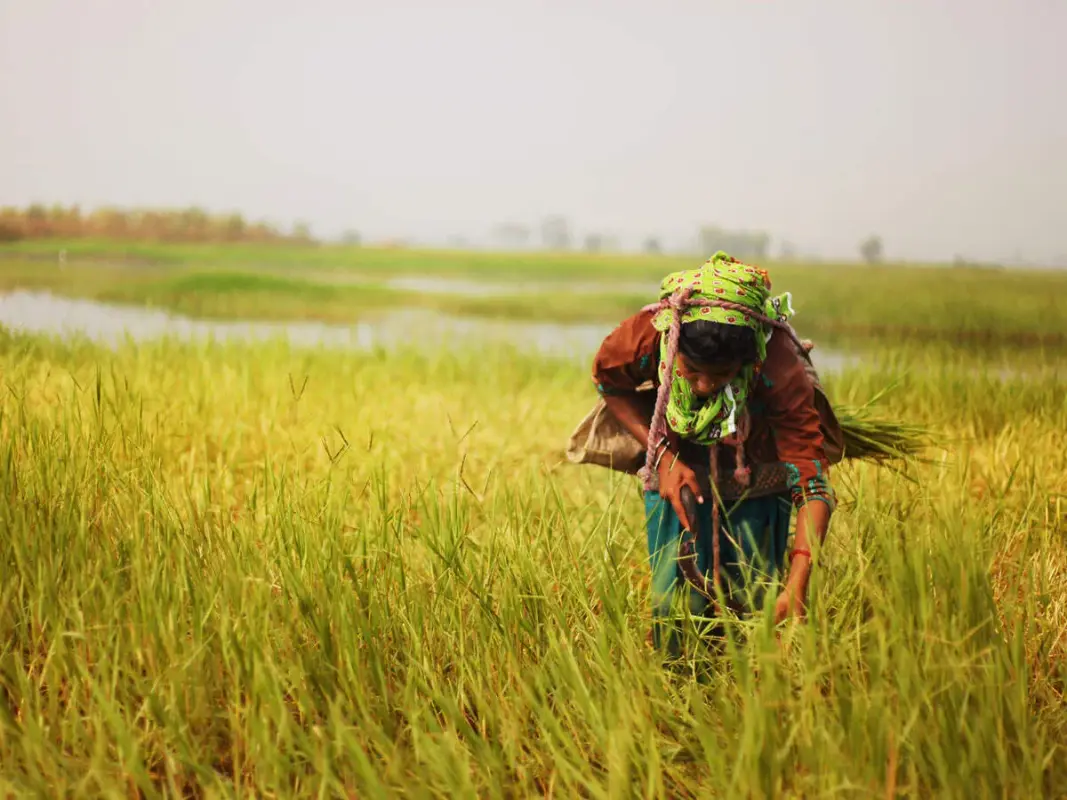
How does a farmer actually use e-NAM? It’s pretty simple.
First, he registers. He can do it online. Or at the mandi itself. It costs nothing. It’s free. Then, he brings his produce. To an e-NAM mandi. His produce gets weighed. Its quality is checked. This is very important. Buyers need to know what they're getting. All the details go into the e-NAM system. Then, bidding starts. Buyers from everywhere see the product. They bid. The farmer watches. On a screen. Or on his phone. He can choose the best bid. He can take it. Or he can wait for a better one. He has control. It’s his decision. Once he sells, payment comes fast. It goes right to his bank account. This is a huge relief for farmers. No waiting for cash. No worries about money problems. It’s quick.
Success Stories from the Ground
We're seeing real changes. Farmers across India report better prices. They see more openness. More fairness. They get faster payments too. This means more money in their hands. It makes them feel more confident. More hopeful.
The journey isn't always perfectly smooth. There are still some challenges.
- Digital Skills: Many farmers are older. They might not be comfortable with smartphones. Or apps. Training them is key. It's really important.
- Internet Access: Not every village has good internet. AI tools need strong connections. To work their best.
- Cost: The government funds a lot. But some very advanced tools might still be costly for small farmers. The policy aims for affordable solutions, though.
- Data Quality: AI needs good, accurate information. Collecting perfect data from every single farm is a huge job.
- Trust: Farmers need to trust these new systems. They need to see real benefits. For themselves.
The Maharashtra government knows about these issues. Their bigger agritech plans try to solve them. They are investing in digital lessons for farmers. They are making infrastructure better. The goal is simple: Make these digital tools work for every farmer. No matter their farm size. No matter where they live.
A Brighter Future for Maharashtra's Farms
The way Maharashtra's mandis are linking with e-NAM is more than just tech. It's a social change. It's about giving power to farmers. It's about bringing fairness to the marketplace. It's about giving control back to the people who grow our food.
This digital shift promises a much brighter future. Farmers get better prices. They lose less produce. They make smarter choices. This helps them earn more money. It makes farming a more respected job. A more profitable one too.
As more mandis connect, and as smart farm tech gets even better, Maharashtra's fields will change forever. It will be a place where hard work meets smart technology. A place where farmers thrive. A place where every grain. Every fruit. Every vegetable. Finds its true worth. This change isn't just for farmers. It's for all of us. It means better, fairer food systems. For everyone. It's a win-win.


